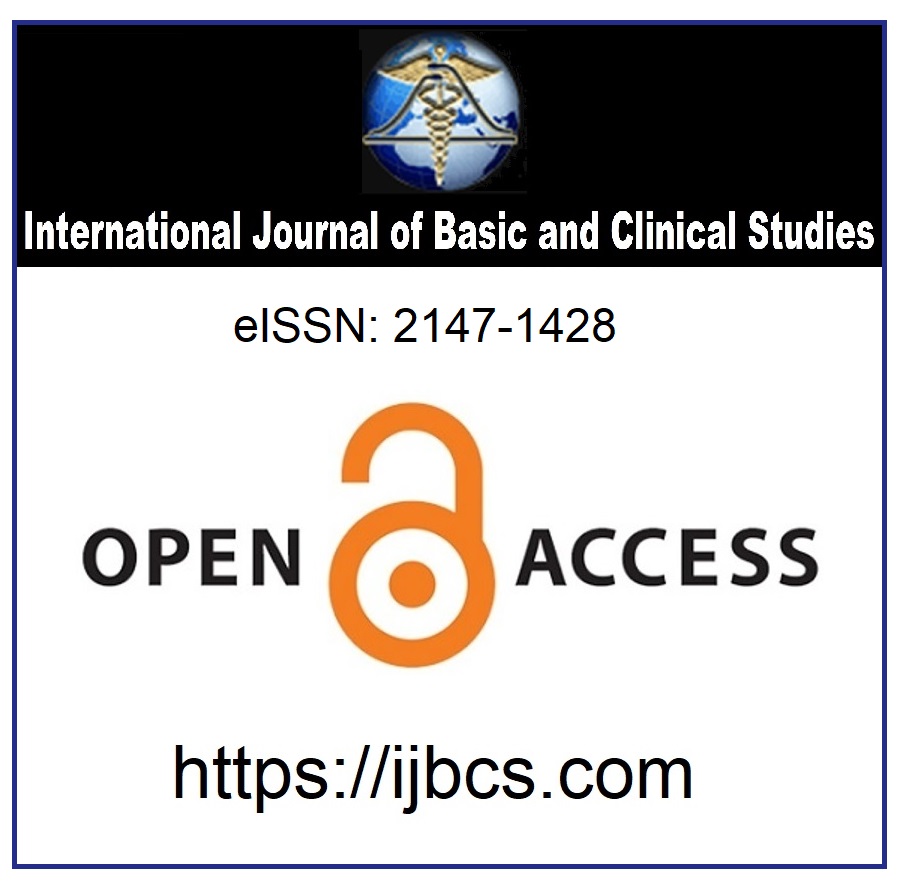Successful Treatment of Nosocomial Shunt Infection Caused by Multidrug-Resistant Acinetobacter Baumannii with IV Sulperazone and Netilmicin
Keywords:
Acinetobacter baumannii, V-P shunt infection, Meningitis, SulperazoneAbstract
Cerebrospinal shunt applications are one of the most treatment options preferred at surgical treatment of the hydrocephalus. There are infection risks of shunts besides their affirmative contribution. Reasons of infections of shunts can be counted as age, shunt displacement, the case of the place that the shunt will be placed into, and the duration of the operation. The infections mostly occur in the first or second months after the surgery. The ventriculo-peritoneal shunt (V-P) infections are mostly originated of the skin, like Staphylococcus epidermidis. However Gram-negative bacteria as infection of cause have often isolated in recent years, and some of these bacteria have showed the multiple antibiotic resistance. Therefore, physicians have lead to research for new treatment options. In this report, successful treatment of a V-P shunt infection due to multi-drug resistant Acinetobacter baumannii without removal of the shunt and using only IV sulperazon and netilmicin is presented.
Downloads
Published
How to Cite
Issue
Section
License
Copyright (c) 2014 By the Authors.

This work is licensed under a Creative Commons Attribution 4.0 International License.



